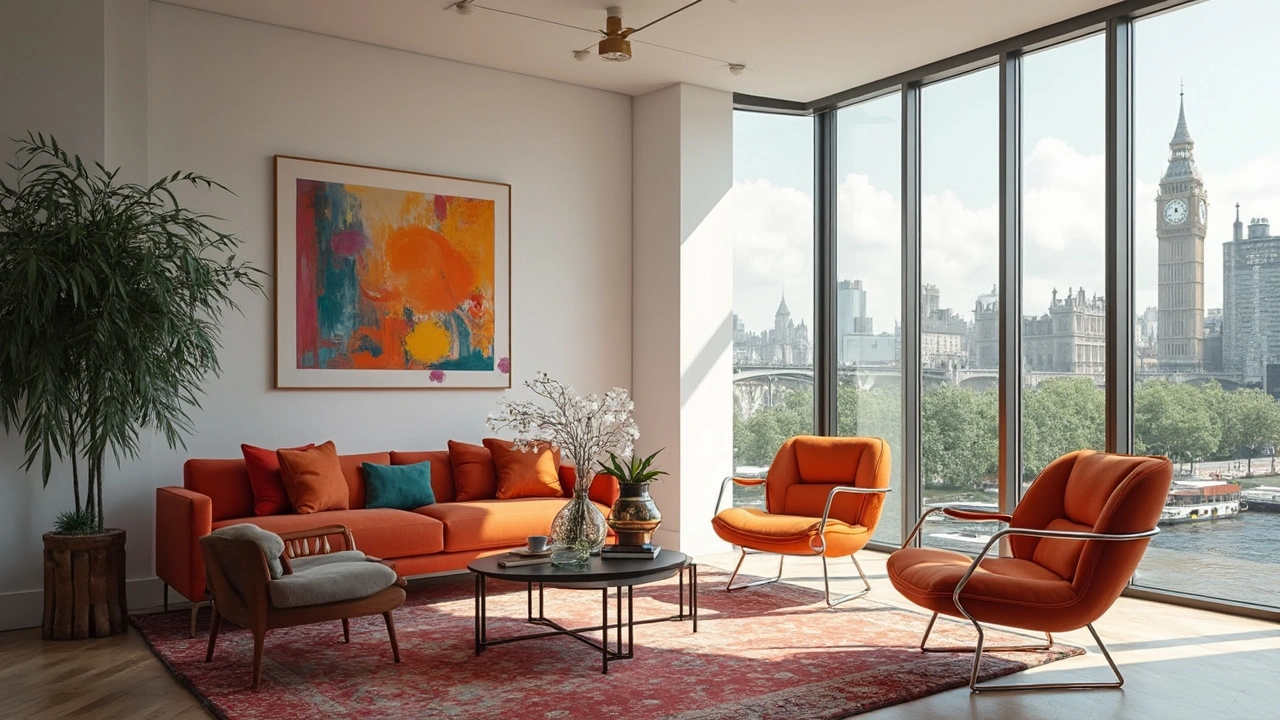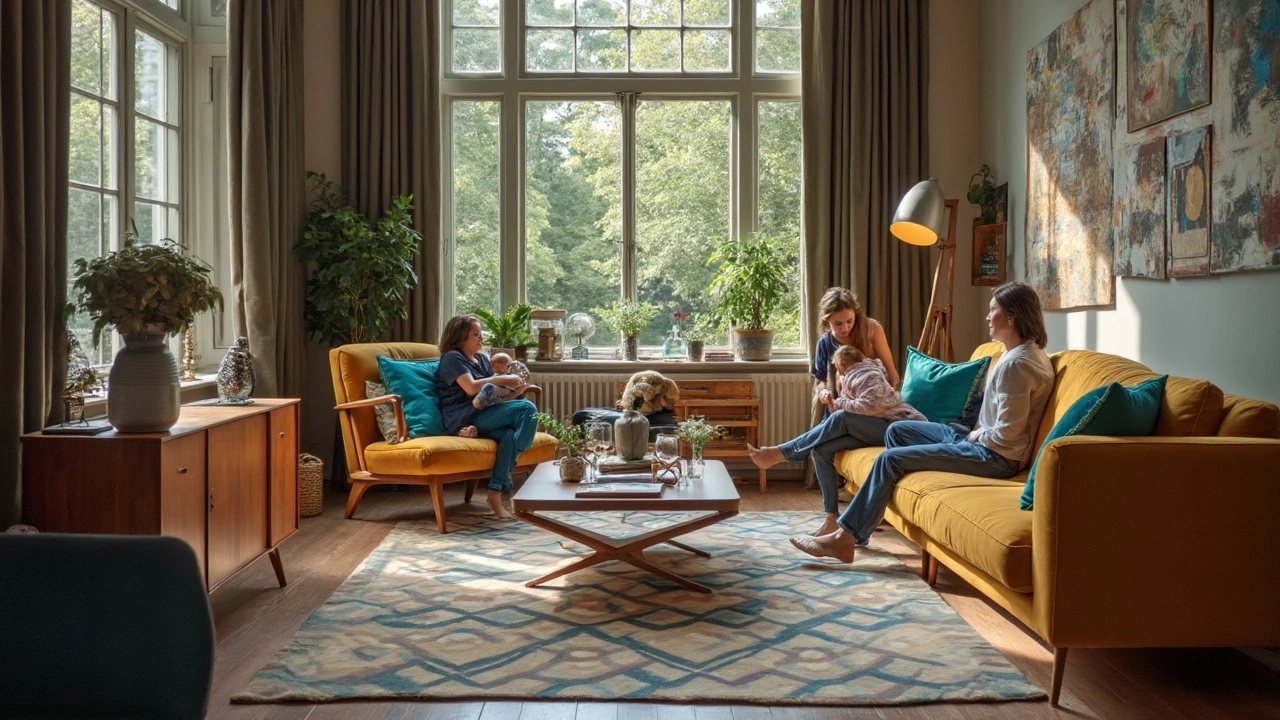Bauhaus style shook up the world of design, giving us a new way of looking at furniture, homes, and even the cities we live in. This article explains what made the Bauhaus approach so different and powerful, how it spread far beyond its original school, and why its influence is still everywhere—from the chair you might be sitting in, to the apps you use. Expect to find clear examples, helpful tips for spotting Bauhaus touches in daily life, and a look at why this style feels so fresh today. If you've ever wondered why so much modern design looks the way it does, you're about to find out.
Furniture: Styles, Placement & Care to Match Your Home
A chair can make or break a room. Pick the wrong scale, and a gorgeous space feels crowded or empty. Pick the right piece, and the whole house suddenly reads as intentional. Here are clear, practical tips to choose furniture that works with your architecture and daily life.
Match furniture to architecture
Start with scale. Older homes with high ceilings and large windows call for taller, more substantial pieces. Small rooms and modern lofts need lower-profile furniture to keep sightlines open. Measure first: height, depth and the walking space you need around each piece.
Respect the style cues. A Greek Revival or Georgian room wants classic lines, wood tones and balanced symmetry. Craftsman homes thrive with warm woods, built-ins and simple, sturdy forms. For modern styles — think High-Tech or Neo-Futurist — choose sleeker materials like metal, glass, and molded plastics. Don’t copy a style exactly; echo one or two key elements so furniture feels tied to the architecture without competing with it.
Mixing old and new works when you use contrast carefully. Pair a vintage wooden table with minimalist chairs, or place a modern sofa in a period room and repeat color or texture to tie things together. Keep one visual thread — a material, color, or shape — to prevent a chaotic look.
Placement, function, and flow
Think about how people move. Leave at least 30–36 inches for main walkways and 18–24 inches for tighter passages. Anchor seating with a rug that fits under front legs, not just floating in the middle of the floor. In open plans, use furniture to create zones: a sofa backs to the dining area, a bookshelf marks a reading nook.
Balance function and beauty. If you host often, prioritize comfortable seating and a table size that fits guests. If you work from home, invest in an ergonomic chair and a desk at the right height. Lighting matters—place lamps near seating and task areas so pieces look and work their best.
Buying and caring tips that save time and money
Buy with a plan. Sketch a quick floor plan with measurements before shopping. Test durability: check frame joinery, ask about fabric rub counts, and request finish details. For vintage finds, inspect for structural issues and ask about repairs.
Care extends life. Treat wood with regular cleaning and occasional oiling. Vacuum upholstery and rotate cushions to prevent uneven wear. For high-traffic pieces, choose performance fabrics or leather that cleans easily. Small fixes—tighten screws, re-glue loose joints—keep furniture usable for years.
If you want furniture that complements your architecture rather than fights it, measure, choose pieces that echo key design traits, and focus on how you use the space. Want help matching a specific style—Colonial, Beaux-Arts, or modern? Say which room and style, and I’ll give tailored suggestions.
Mid-century modern design is more than just a trend—it's a style that keeps coming back, blending yesterday's simplicity with today's comforts. This article breaks down how mid-century modern pieces fit right into modern homes, why the style feels so fresh, and ways to spot authentic finds. Learn practical tips for bringing this classic look to your own space without going overboard. Discover how to mix nostalgia and functionality for a home that truly stands out.
If you've ever found yourself admiring the sleek lines of mid-century modern furniture, you're not alone. This post delves into the trend of investing in mid-century modern pieces by focusing on reasons why it might be a smart move for you. We'll explore the high demand and rising values of these items, discuss the balance between form and function, and highlight the timeless quality of mid-century design that still captivates us today. Join me and let's delve into the world of furniture investment.



